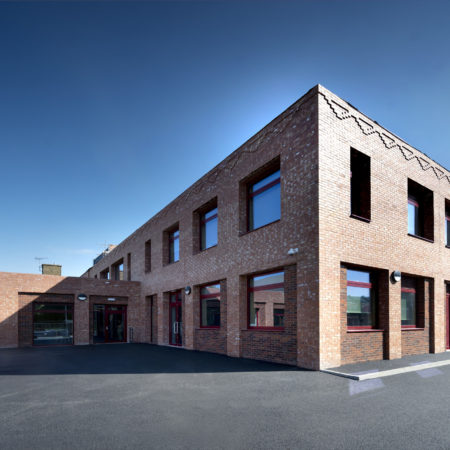Extending School Facilities Without Disrupting Learning
A project to expand school facilities can bring mixed blessings. On the one hand there are the positive aspects: the prospect of new facilities, less overcrowding and the opportunity to better meet the needs of the community.
These benefits have always been balanced against the disruption and noise of having a construction site on the premises. The prospect of delays and quality issues are other potential drawbacks.
These days, the potential negative parts of the experience should be much less significant. Some of them needn’t happen at all. New building methods alter the benefit/drawback balance in favour of school communities. As well as being faster and cheaper to complete, school extensions are also much less disruptive to the live education environment.
Modern buildings can be substantially fabricated offsite and then quickly assembled. In practical terms this means smaller construction teams, fewer vehicle movements and much less noise, dust and disruption.
Convenience Doesn’t Mean Compromise
Convenience and speed don’t restrict design options. Buildings can have pretty much any shape, size configuration or finish that you need. Modern methods of construction also offer greater confidence over build quality and critical performance factors such as energy efficiency.
More control over the process and supply chain makes it easier to schedule deliveries so that they are outside of drop off and pick up times. Ideally these avoid the school day or term times altogether.
Adapting the project plan around the advantages of offsite construction makes it possible to harmonise with the school calendar. When Osborne added a specialist 25-place facility for SEND students to Belvue Secondary School the work was organised into five phases so that all major operations could be conducted outside of term times.
Throughout the project, the school remained fully functional with no changes to fire escape routes or pick up and drop off zones. The simplified construction process allowed all deliveries to be programmed to avoid peak times for pupil movements and to avoid exam periods and events.
To find out more about a less disruptive approach to working in live education environments, take a look at our resource centre, or contact Richard King ([email protected]).

